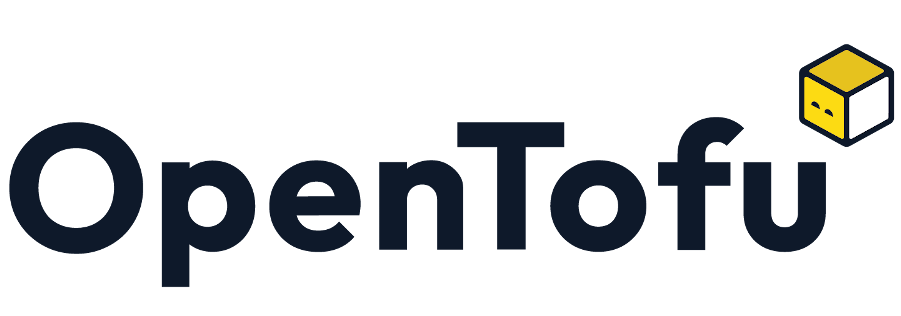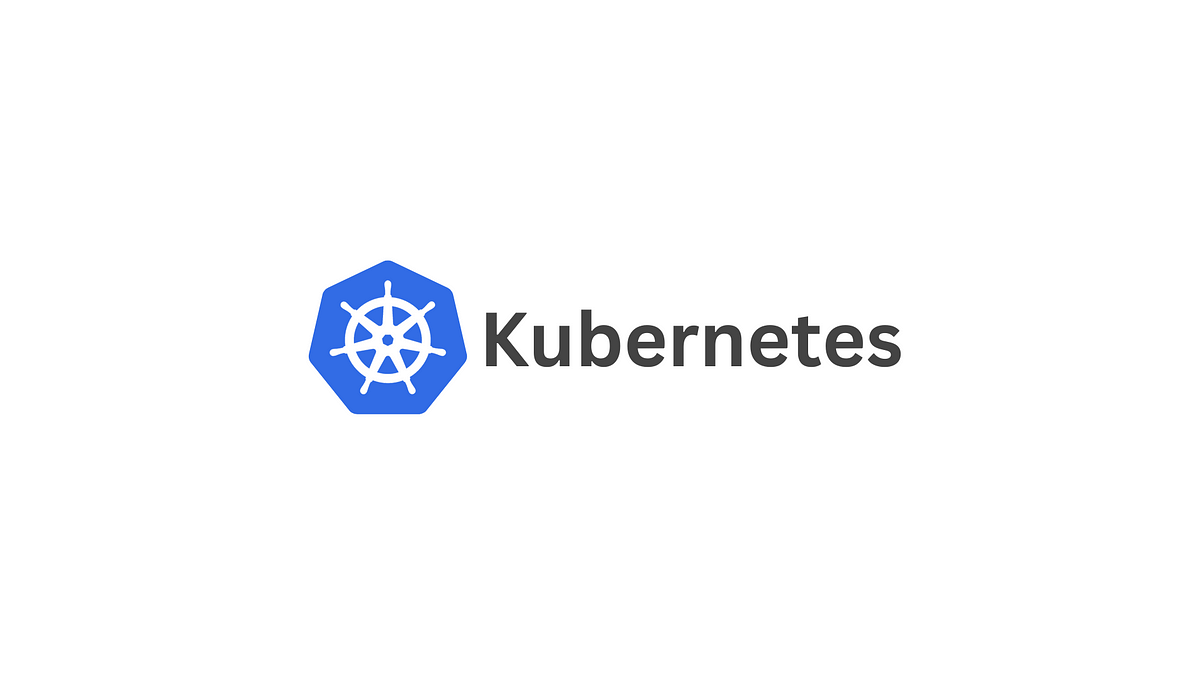-
 Ahmed Muhi
Ahmed Muhi - 21 May, 2024
OpenTofu on Azure: Deploying Azure Infrastructure with OpenTofu
Learn how to deploy a three-tier application on Azure using OpenTofu, the open-source alternative to Terraform. This hands-on walkthrough shows how familiar Terraform workflows translate seamlessly to OpenTofu.
-
 Ahmed Muhi
Ahmed Muhi - 07 May, 2024
Kubernetes Networking with Cilium: eBPF-Powered Kubernetes Security and Observability
Learn how to harness the power of Cilium and eBPF to build secure, high-performance Kubernetes networking. This step-by-step guide walks you through installing Cilium in a Kind cluster, applying fine-grained network policies, and understanding how eBPF enables observability and control at the kernel level. Perfect for developers and operators ready to take their cluster networking to the next level
-
 Ahmed Muhi
Ahmed Muhi - 07 May, 2024
Securing AKS with Cilium: Layer 4 & 7 Network Policies in Action
Deploy Cilium on Azure Kubernetes Service (AKS) and learn how to enforce powerful Layer 4 and Layer 7 network policies using a hands-on Star Wars-themed demo. In this guide, you'll secure microservices traffic, implement least-privilege access, and understand how Cilium's eBPF-based networking integrates with managed Kubernetes in the cloud. Perfect for cloud-native practitioners looking to master Kubernetes networking in a practical, engaging way.
-
 Ahmed Muhi
Ahmed Muhi - 03 May, 2024
Kubernetes Network Policies Explained: A Practical Guide to Kubernetes Network Policies
Learn how to lock down your Kubernetes cluster with Network Policies. This hands-on guide takes you from open-by-default networking to controlled, secure pod communication. You'll explore policy components, build a real-world example with Kind and Calico, and pick up essential best practices for production-ready security.
-
 Ahmed Muhi
Ahmed Muhi - 25 Apr, 2024
Azure Bicep Variables Explained: The Key to Clean, Reusable Templates
Learn how variables bring clarity and structure to your Azure Bicep templates. This hands-on guide explains when to use variables (and when not to), how they complement parameters, and how they help you design smarter, more maintainable infrastructure code


